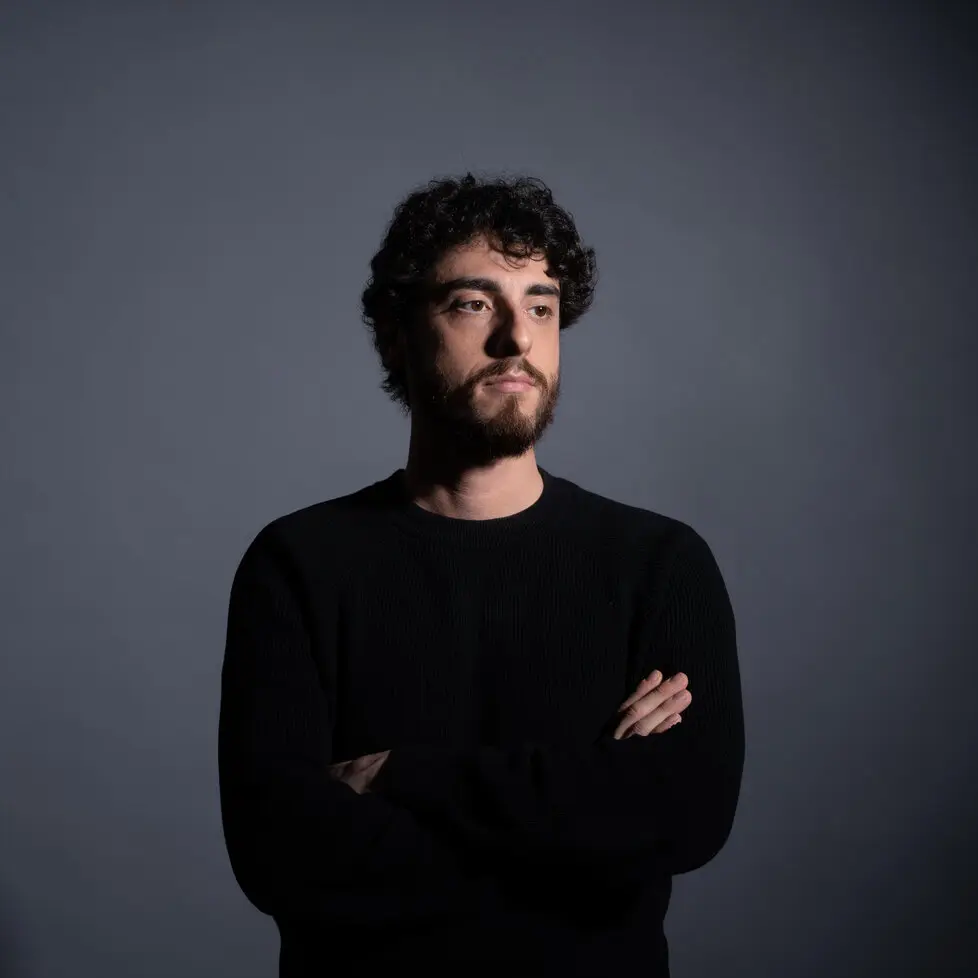Michel Charlot: Design as it should be
There are designers who manage to distill the essence of simplicity into their creations, transforming the ordinary into something exceptional. Michel Charlot is one of them.

When I first encountered Michel Charlot’s work, I was struck by how something so seemingly “normal” could feel so effortlessly right. His ability to balance simplicity and function without sacrificing character sets him apart in an industry where timelessness is often overlooked.
Being a true designer is not easy, especially for the new generation who are now at the right age and have the experience to make a real impact. Let’s take a closer look at the work of one of those professionals who is getting it… just right.

Those who read my articles know that I often reference great masters who, with their pursuit of simplicity, truly make a difference in terms of function and emotion. Take Jasper Morrison, for example, who masterfully sculpts the essence of an object by emphasizing the essential and removing the unnecessary. Or Michael Anastassiades, who evokes pure emotional response with just a few elegant lines.
You can probably picture my reaction when I came across Michel Charlot’s work for the first time.
The first product I saw was the wooden chair he designed for Camper—a very, very normal chair, with every line perfectly in place.
What do I mean by “normal”? In design, achieving “normal” means crafting something that feels intuitive, where every line and curve exists for a reason and nothing is superfluous. It’s about understanding proportions, ergonomics, and the nuances of production without the need for flashy elements. Michel’s chair embodied this perfectly—it wasn’t trying to stand out, but its quiet precision made it remarkable. Simplicity is deceptive because it hides the complexity behind creating something so balanced.

People outside of product design might not realize how incredibly challenging it is to create something that appears so “normal.” It requires identifying the precise conditions for a well-designed product and, just as importantly, convincing a company that this is exactly what the market needs.
In an era where marketing teams often claim “everything has already been done,” the search for uniqueness frequently leads to designs with short-lived appeal. What Michel Charlot offers is something entirely different—an understated elegance that feels both rare and timeless, much like blues and jazz in music.
Intrigued by how he manages to create such elegantly simple designs, I wanted to know more about the philosophy behind his work. Fortunately, I had the chance to speak with him directly, and our conversation shed light on how he approaches design with such clarity and precision. I was curious about many aspects of Michel Charlot—his career, method, approach, and more.

Born in Switzerland, Michel studied at ECAL/University of Art and Design Lausanne, and later worked for Jasper Morrison, which, in my opinion, is one of the most significant parts of his journey. The influence of Morrison is apparent in Michel’s work, though, of course, there are notable differences shaped by his own attitude and personality. It’s similar to the way we see parallels between Pauline Deltour and Konstantin Grcic; here, we can observe echoes of Charlot’s mentor.
Spending time with someone can deeply impact your way of thinking, especially in design, where you witness the methodology and precision of a person who is highly influential in the field.
In Michel’s case, I notice parallels with the supernormal philosophy, though he brings his own strong design goals to the table.

When he approaches a design, his aim is for it to be “effortless and obvious”—as he said during our conversation. There’s a significant focus on how things are produced and how that impacts cost. Finding the right balance when shaping a product is no easy task; there are countless factors to consider, and it requires a great deal of energy to align everything perfectly.
Finding companies that truly appreciate timeless design isn’t easy, even though it should be the standard. From design school onward, we are taught to create objects that withstand the test of time, but it often seems like no one is actually searching for them. Many brands prefer to chase trends, launching products with an inherent expiration date. It’s not a virtuous approach, but it’s the reality we face.
This trend-chasing approach is often driven by a desire for novelty, but it comes at the cost of longevity. The result? Products that are relevant for a season, then forgotten. Timeless design, on the other hand, requires patience, foresight, and the willingness to go against the grain. It’s about creating something that transcends trends and remains meaningful for years to come.

So, when a designer manages to work with a sense of timelessness, there must be a secret weapon, right? In truth, it’s nothing extraordinary—just perseverance.
During our conversation, it became clear that Michel Charlot doesn’t approach the process much differently from other designers. He works with 3D models and paper mockups, but what sets him apart is his approach to creating a product.
Most of his work has an inherent attitude of futurity—an evolution of the product itself, and often, the vision of a larger collection. His process allows room for improvement, based on user and market feedback, which helps determine if there’s potential to refine the product even further.

There are some objects, like vases from the Roman Empire, that, aside from their decorations, possess a timeless shape that still feels contemporary today. The idea that someone is still striving to create things that last—both in quality and aesthetics—is incredibly encouraging. And although this is probably the hardest approach to take in design, it’s worth the effort. The results aren’t just important for the individual designer but for the field of design as a whole.
Michel Charlot’s approach reminds us that timeless design is not about chasing immediate success but about building a legacy. His work invites us to rethink how we create and consume objects, challenging the disposable nature of today’s trends. As designers, it’s our responsibility to strive for that same sense of longevity, ensuring that what we create today will still resonate decades from now.











